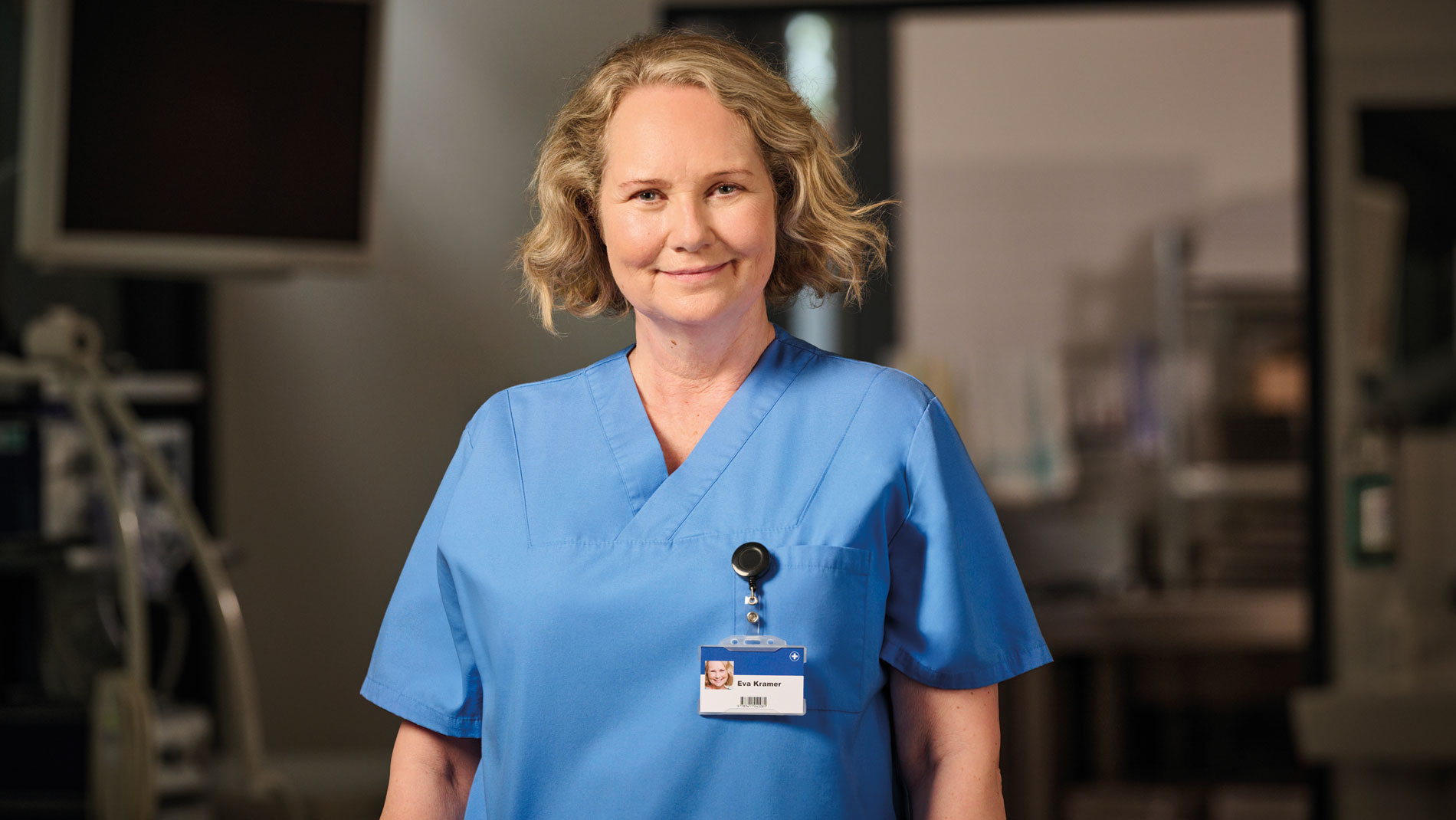Reducing infection risk is crucial for the prevention of complications and the promotion of faster wound healing.[4,5]
No content results match your keyword.
Content
You have successfully logged out.
Not registered yet?
Effective wound care
While biofilm on wounds remains a critical barrier to recovery1, reducing the burden of wound infection, implementing prevention strategies, and accelerating wound healing are crucial components of clinical practice.[2]
Today, effective and modern wound care means more than just targeting biofilm prevention and treatment. It means delivering measurable outcomes: fewer dressing changes, less pain, and faster return to function. As part of this, understanding how to optimally conduct therapeutic wound cleansing is essential to improving patient care.[3]

The solution that helps cleanse, debride and protect against infection.
Reduced infection risk
Reducing infection risk is crucial for the prevention of complications and the promotion of faster wound healing.[4,5]
Prontosan® helps lower the risk of infections, providing a safer healing environment for patients.[6-9]
Fewer dressing changes
Reducing the frecuency of dressing changes increases patient comfort and save costs.[10-11]
The use of Prontosan® can lead to a reduction in the frequency of dressing changes, making wound management more convenient.[12]
A quick recovery
Faster recovery times allow patients to return to their daily activities sooner, enhancing overall well-being.
Studies show that chronic wounds treated with Prontosan® heal significantly faster than with saline alone.[7,13,14,15]
Less pain and odor
Managing pain and odor improves patient comfort and quality of life.
Prontosan® helps reduces wound-related pain[16-19] and odor[16], improving patient mobility and socializing.
Clean wounds
Maintaining a clean wound is vital for preventing infections and promoting healthy tissue regeneration.
Prontosan® removes debris, slough, and biofilm, ensuring a clean wound bed which is essential for healing.[12,13,16,17,18,20]
Cost savings
Cost-effective treatments are essential for healthcare systems to manage resources efficiently.
Prontosan® helps reduce overall healthcare expenses by preventing infections and shortening healing times.[21,22]
Improved recovery
Effective wound care does more than protect against biofilm — it plays a key role in helping patients heal faster, feel more comfortable, and regain their independence. When wounds are cleaned thoroughly and consistently, the risk of complications decreases, recovery times improve, and patients can return to their daily lives with greater confidence and less reliance on ongoing care.
Prontosan® Wound Bed Preparation System
Wound bed preparation with the Prontosan® System mobilizes synergistic ingredients to perform a more effective cleansing than the use of saline or water alone.[6,7,16,23,24]
Kindly check your inbox and confirm the email we've sent you.